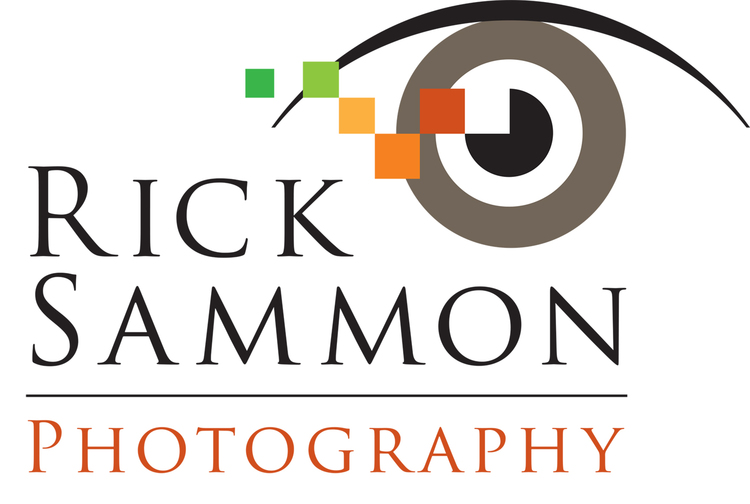This is a guest post by my friend, Laurence Yang - great model and editor-in-chief of Runway Magazine.Take it away Laruence! But before you do, thank you for showing the before shot (final image in this post), too.
Laurence will be my model on my October Master Your Flash workshop here in Croton on Hudson, NY.
Laurence will be my model on my October Master Your Flash workshop here in Croton on Hudson, NY.
No matter what area of performance it is, make-up is an absolute essential for a successful shoot or show.
Not only is it important to hire a great photographer for a shoot, but it is equally as important to hire a great makeup artist often referred to as an MUA. Without a makeup artist a shoot can still be a “good” shoot. If “good” is your goal then you might be ok without one. A fantastic shoot needs a great MUA. No model can do their own hair and makeup as well as a professional can and it is crucial that any model should look amazing in their shots. On the other hand, thinking about this some more, professional portrait photographers rarely ask their clients (other than pro models) to wear makeup, and still produce pretty good pictures.
I've heard photographers say, "WHY can't the model do it?" A model’s job is to model the clothing. PERIOD. Makeup and style is usually set aside for them. In Europe models are called mannequins because they are something to hang clothes on to make the fashion or a specific product look good. This may sound cold, but it truly isn’t.
A Professional Makeup Artist's job is to accentuate and enhance the model's best features on camera and give her a professional look by bringing out the striking qualities in the face and hair to make the total look ‘just right’. Color added to face and around eyes in the right way to cover blemishes and dark circles, in addition to that color could make a feature look larger or smaller, depending on how color is applied; cheeks can be made to stand out or recede; eyes can be outlined to create emphasis; a round face can be made thinner and a thin face rounder and bring life into an image. Who has the time to erase blemishes on 50 headshots? Or clone out dark circles? Just let the MUA handle it so no one else has to.
Makeup for the camera is very different than makeup for everyday wear and a good makeup artist accounts for this difference. The camera wipes away more than half of a person's face paint. To the naked eye, a woman's normal makeup application looks great, but because of the intensity of a professional camera lens and strobe lighting, a professional artist knows where to highlight and contour to look your best on camera. Even stage lighting is much less bright than photographic lighting, but it tends to give people a washed out look. It's almost mandatory that a stage actor will need to apply makeup - even the men!
It's important to hire a GREAT MUA, not just ANY MUA. A good makeup artist not only brings excellent skills and artistry to a shoot but also is very involved in the creative process where they contribute equally along side with the photographer and model. A great MUA also has a 'good eye' over-looking with a second set of eyes to insure that everything is flawless. All in all a bad photographer can get lucky and shoot something good. A bad model can be made to look amazing by a makeup artist.
The truth is bad makeup can't be overcome. A GREAT MUA makes everyone so much happier. From 8 years of experience working without a makeup artist on a critical shoot is like going to a surgeon without the anesthesiologist. The results can be preeeee-t-ty painful.
No MUA? Here are some basic make-up tricks to playing it safe on set:
* The first thing you should remember is that the model will need to apply more makeup than they would normally.
* Apply moisturizer to the face.
* Next is concealer. Make sure to apply 2 or 3 shades lighter than the skin tone. The purpose of concealer is to hide any blemishes and even out the skin tone.
* Apply foundation. The trick to choosing the right foundation for a photo shoot is to match it to the chin and neck.
* Make the lips stand out in photos by applying a solid color of lip gloss that is at least one shade darker than what the model normally wear.
*When applying blush/bronzer, make sure to do it precisely and a little heavier than normal.
* The eyes are probably your most important feature when it comes to photo shoot makeup. You want them to stand out. Choose an eye shadow color that complements the outfit and blends in with the rest of the look. A lighter color is usually best, since a darker color could make the model look tired and this is definitely not something you want on set.
* Powder up! A model may not use powder in everyday life, but for a photo shoot it's essential to finish up with it. Applying it through out the shoot to provide the model with a matt finish. Powder will reduce shine and make a better photo.
Cheers!
Laurence Yang
Editor-in-Chief
Runway Weekly
www.RunwayWeekly.com
http://www.wix.com/laurencegulyette/yang
Explore the light,
Rick
P.S. I will be teaching studio lighting during my creativeLive class. I hope you can join the photo fun and learning.
